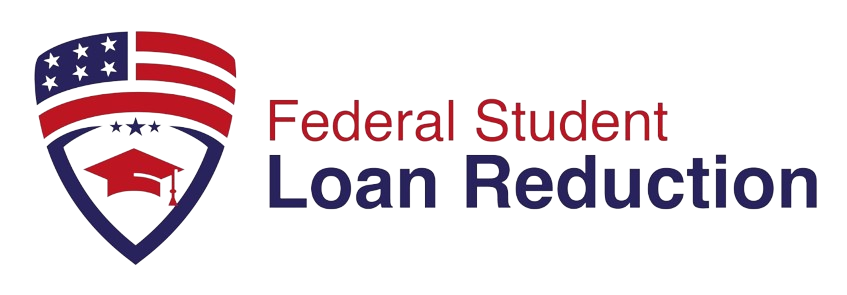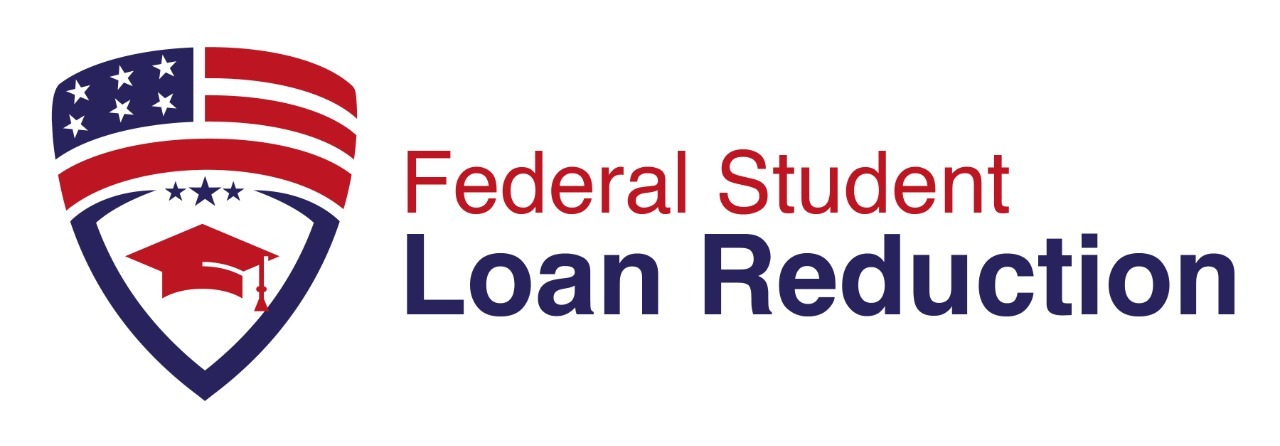Blog

The Growing Student Loan Crisis: Over 1 Million Owe More Than $200,000
The student loan crisis in the United States has reached an alarming milestone, with over 1 million borrowers now owing more than $200,000 in federal student loans. This situation highlights the escalating cost of higher education and the financial burden it places on individuals pursuing advanced degrees.
The Magnitude of Student Loan Debt
As of the second quarter of 2023, approximately 900,000 federal student loan borrowers owed at least $200,000 each. This figure is expected to surpass 1 million due to the rising costs associated with obtaining undergraduate and graduate degrees. The total student loan debt in the U.S. stands at $1.727 trillion, with federal loans accounting for $1.602 trillion and private loans making up $130.28 billion (Student Loan Planner) (LendingTree).
Causes of High Student Loan Balances
Several factors contribute to these substantial loan balances. The increasing tuition fees, living expenses, and the necessity for extended education, such as graduate or professional degrees, significantly impact the total amount borrowed. Additionally, interest accrual on these loans can compound the debt over time, making repayment even more challenging (Student Loan Planner) (Personal Finance News - Yahoo Money).
Repayment Challenges
For those struggling with high student loan balances, various repayment options and strategies can help manage the debt. Federal student loans offer several repayment plans, including Income-Driven Repayment (IDR) plans, which adjust monthly payments based on income and family size. These plans can extend the repayment period to 20 or 25 years, with any remaining balance forgiven at the end of the term. However, this may result in higher overall interest payments (LendingTree) (Personal Finance News - Yahoo Money).
Loan Forgiveness Programs
There are also loan forgiveness programs available for federal student loan borrowers, such as Public Service Loan Forgiveness (PSLF), Teacher Loan Forgiveness, and state-run repayment assistance programs for professionals in high-need areas. These programs can significantly reduce or even eliminate the remaining loan balance for eligible individuals after they meet certain service requirements (LendingTree) (Personal Finance News - Yahoo Money).
Strategies for Managing Debt
Borrowers can adopt several strategies to tackle their student loan debt effectively. These include:
Debt Snowball Method: Focus on repaying the smallest loan first while making minimum payments on other loans. This method provides quick wins and motivation to continue repaying debt.
Debt Avalanche Method: Prioritize loans with the highest interest rates, which can save more money in the long run by reducing the total interest paid (LendingTree) (Personal Finance News - Yahoo Money).
Budgeting and Extra Payments: Creating a budget to track and control expenses can free up funds to make extra payments on loans, accelerating the repayment process (Personal Finance News - Yahoo Money).
Conclusion
The rise in borrowers owing over $200,000 underscores the need for comprehensive solutions to address the student loan crisis. While various repayment plans and forgiveness programs offer some relief, the broader issue of college affordability and sustainable debt management remains critical. Policymakers and educational institutions must work together to find long-term solutions to this growing problem.
Blog

The Growing Student Loan Crisis: Over 1 Million Owe More Than $200,000
The student loan crisis in the United States has reached an alarming milestone, with over 1 million borrowers now owing more than $200,000 in federal student loans. This situation highlights the escalating cost of higher education and the financial burden it places on individuals pursuing advanced degrees.
The Magnitude of Student Loan Debt
As of the second quarter of 2023, approximately 900,000 federal student loan borrowers owed at least $200,000 each. This figure is expected to surpass 1 million due to the rising costs associated with obtaining undergraduate and graduate degrees. The total student loan debt in the U.S. stands at $1.727 trillion, with federal loans accounting for $1.602 trillion and private loans making up $130.28 billion (Student Loan Planner) (LendingTree).
Causes of High Student Loan Balances
Several factors contribute to these substantial loan balances. The increasing tuition fees, living expenses, and the necessity for extended education, such as graduate or professional degrees, significantly impact the total amount borrowed. Additionally, interest accrual on these loans can compound the debt over time, making repayment even more challenging (Student Loan Planner) (Personal Finance News - Yahoo Money).
Repayment Challenges
For those struggling with high student loan balances, various repayment options and strategies can help manage the debt. Federal student loans offer several repayment plans, including Income-Driven Repayment (IDR) plans, which adjust monthly payments based on income and family size. These plans can extend the repayment period to 20 or 25 years, with any remaining balance forgiven at the end of the term. However, this may result in higher overall interest payments (LendingTree) (Personal Finance News - Yahoo Money).
Loan Forgiveness Programs
There are also loan forgiveness programs available for federal student loan borrowers, such as Public Service Loan Forgiveness (PSLF), Teacher Loan Forgiveness, and state-run repayment assistance programs for professionals in high-need areas. These programs can significantly reduce or even eliminate the remaining loan balance for eligible individuals after they meet certain service requirements (LendingTree) (Personal Finance News - Yahoo Money).
Strategies for Managing Debt
Borrowers can adopt several strategies to tackle their student loan debt effectively. These include:
Debt Snowball Method: Focus on repaying the smallest loan first while making minimum payments on other loans. This method provides quick wins and motivation to continue repaying debt.
Debt Avalanche Method: Prioritize loans with the highest interest rates, which can save more money in the long run by reducing the total interest paid (LendingTree) (Personal Finance News - Yahoo Money).
Budgeting and Extra Payments: Creating a budget to track and control expenses can free up funds to make extra payments on loans, accelerating the repayment process (Personal Finance News - Yahoo Money).
Conclusion
The rise in borrowers owing over $200,000 underscores the need for comprehensive solutions to address the student loan crisis. While various repayment plans and forgiveness programs offer some relief, the broader issue of college affordability and sustainable debt management remains critical. Policymakers and educational institutions must work together to find long-term solutions to this growing problem.
Contact Us
Contact Us
Have Questions or Need Assistance? Our Team Is Ready to Support You
Disclaimer
Similar to how your accountant works for you on your taxes and not for the IRS or a collection agency, Federal Student Loan Reduction is in no way affiliated with the Department of Education or your Student Loan Servicer, and is not a collection agency.
Federal Student Loan Reduction is in no way sponsored, endorsed, administered by, or associated with Facebook. This offer is fully compliant with Facebook Advertising policies which state, "ads promoting student loan services must be targeted to people 18 years or older. Ads must not promote misleading or deceptive services related to student loan consolidation, forgiveness, or refinancing."
© Copyright 2024 • Federal Student Loan Reduction


